#阿舍Ashe
Photo
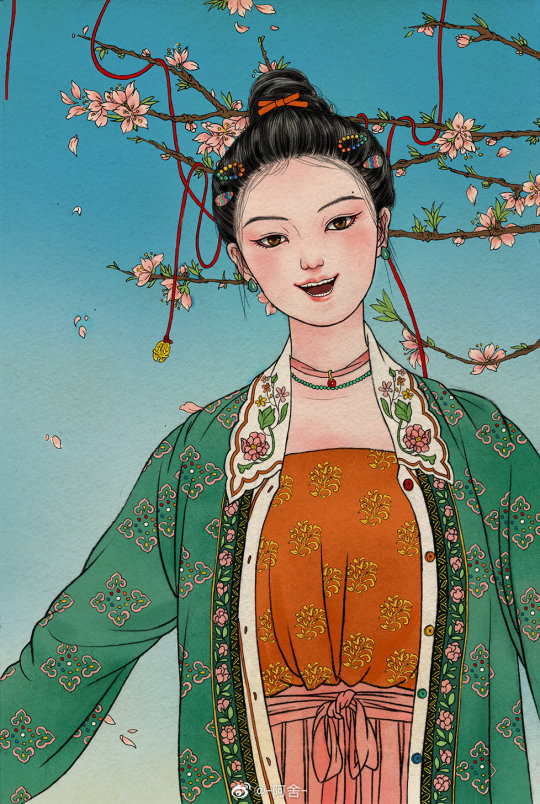
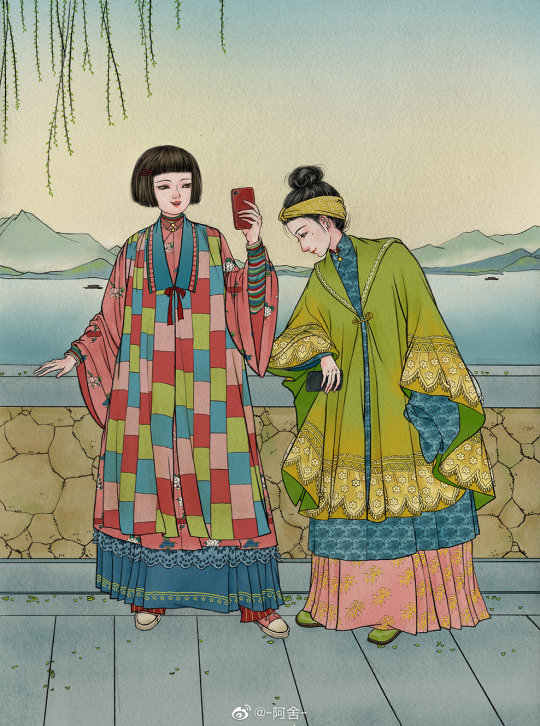
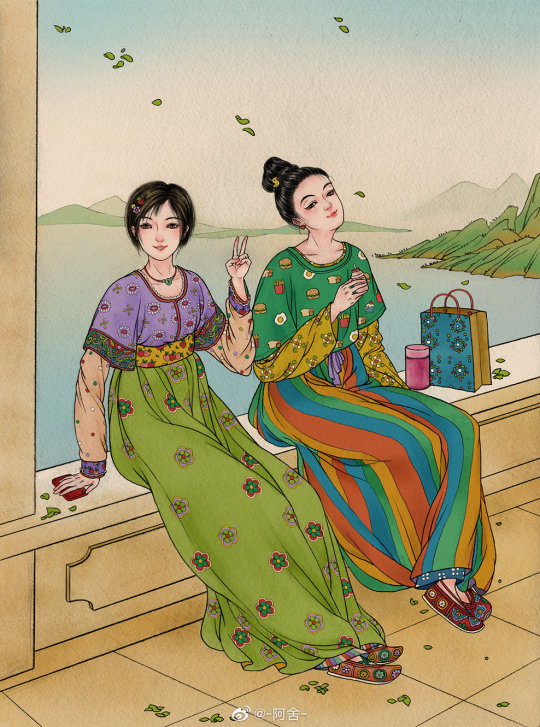
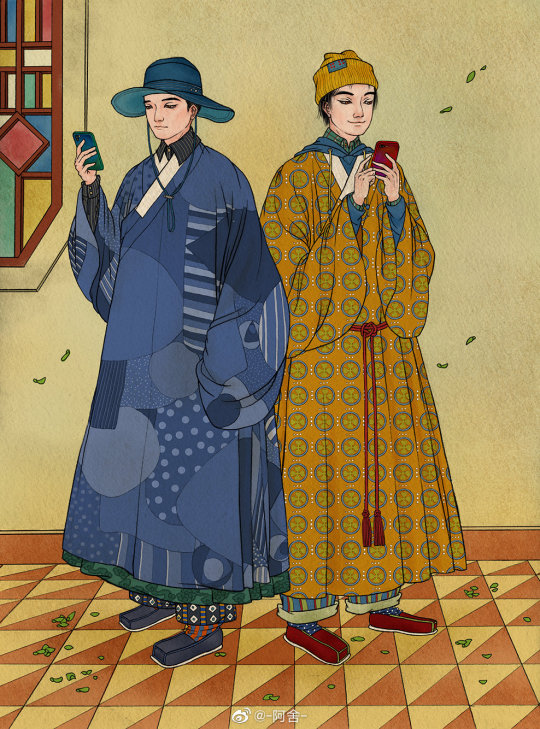


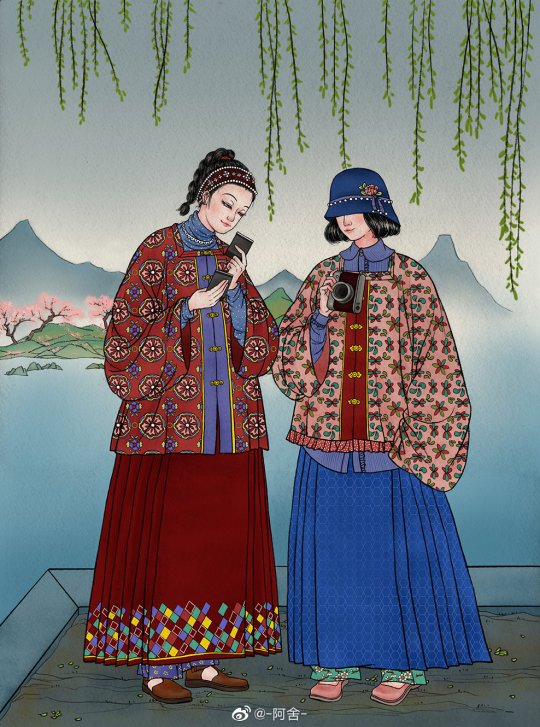
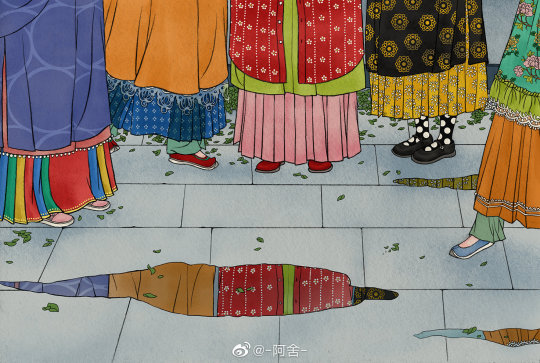
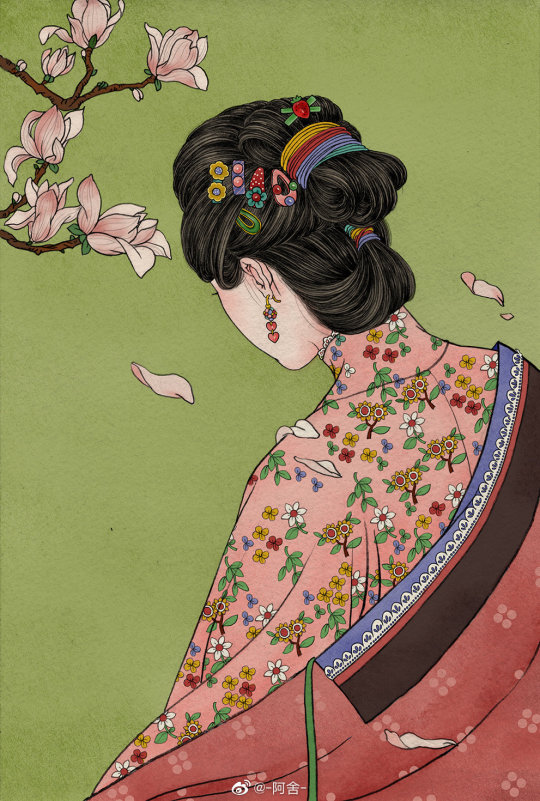
Cheerful & vibrant depictions of Chinese hanfu mixed with modern elements in modern life, by Chinese artist Ashe/阿舍 (x). Link to artist’s Weibo here.
468 notes
·
View notes
Note
how did the ming dynasty women style their hair?
Hi, thanks for the question!

From 1368, after seizing power from the Mongolian-ruled Yuan dynasty, the Ming dynasty adjusted the rituals that did not conform to the customs of the Han people, adopting and restoring the systems and customs of the Tang and Song dynasties. The hairstyles of Ming women were not as rich as those of the Tang and Song, but nevertheless had their own unique characteristics. Below - Common Ming hairstyles:
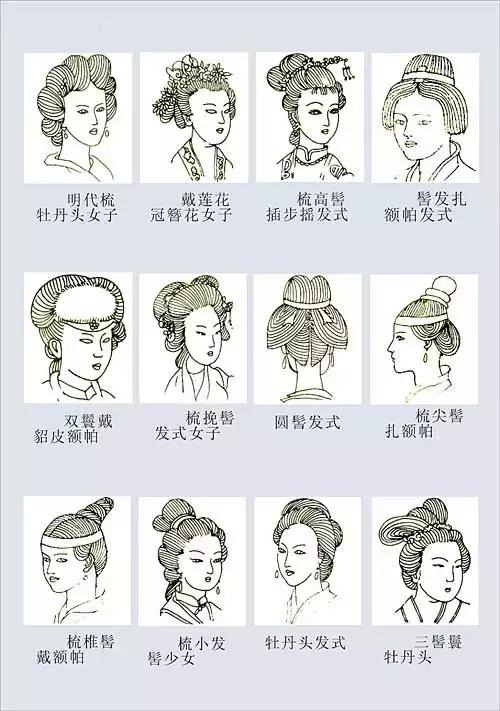
The early Ming inherited the hairstyles of the Song and Yuan. After the Jiajing period (1522–66), women’s hairstyles changed significantly. The Taoxinji/桃心髻 was a fashionable hairstyle at that time. The hair was combed into an oblate shape, and the top decorated with flowers. Later, it evolved into a filigree knot, with the hair combed high & the dome decorated with precious jewels. The hairstyle had many variations as well. Below - Taoxinji in the Chinese TV series Dream of the Red Chamber:

Another popular Ming hairstyle was the Diji/狄髻, a small wig-hat in the shape of a pyramid & decorated with ornaments:
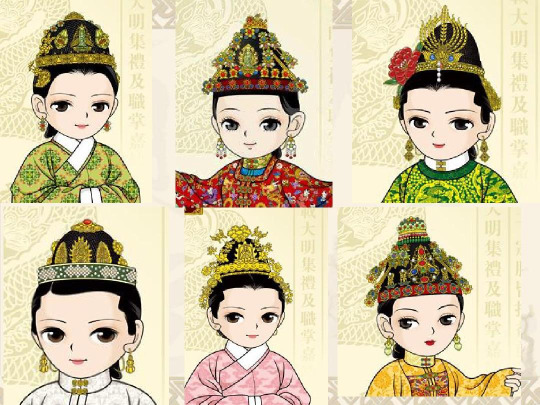
The Diji developed from the special hairstyles and crowns of the Song, and was worn by married women for formal occasions during the Ming. It was often made of silver wire, gold wire, horsetail, silk, hair, paper, fabric, etc. The outside was usually covered with black yarn, which was shaped like a cone and covered the hair on top of the head. A large variety of jewelry could be attached to the hat, the number depending on occasion and preference. For more examples, please see my Diji tag.
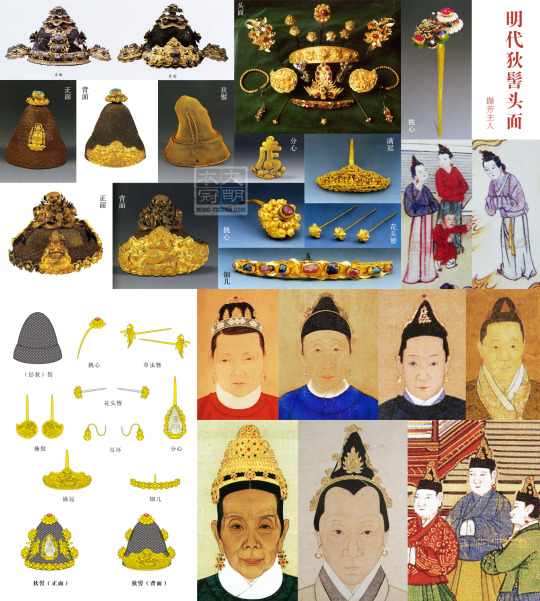

Mo’e/抹额 were forehead/hair bands that originated from the Spring and Autumn/Warring States periods, and were most popular during the Ming dynasty. Women wrapped the bands around their forehead, and the fabric in front was usually decorated with embroideries and/or jewels. Below - Mo’e in Dream of the Red Chamber:

Finally, we can’t discuss Ming dynasty hairstyles without mentioning the gorgeous Fengguan/凤冠 (phoenix crown) worn by Ming noblewomen for ceremonies and formal occasions. It was also the traditional headwear for Ming brides (including common-folk):
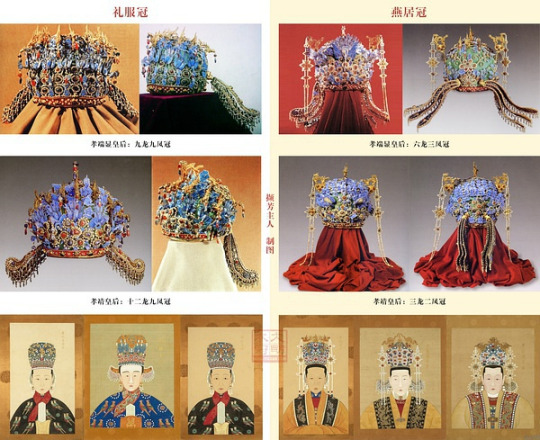
Fengguan were adorned with a variety of ornaments: phoenixes made of inlaid kingfisher feathers, as well as gold dragons, beaded pheasants, pearls, and other gemstones. The numbers of phoenixes, dragons, and precious gems on each crown was different, depending on rank. For more examples, please see my Fengguan tag.
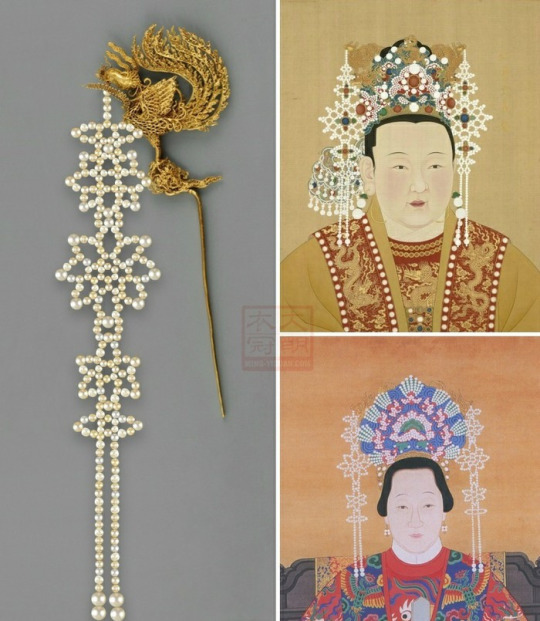
Of course, there are a lot more Ming women’s hairstyles that I haven’t covered, but this does describe some of the most popular and iconic Ming styles. For more references, please check out my Ming Dynasty tag.

Hope this helps! (Illustration Via)
Sources: 1, 2, 3, 4
#hairstyles#Ming Dynasty#hanfu#reference#history#hair ornaments#hanfu accessories#jewelry#hair accessories#diji#mo'e#fengguan#phoenix crown#drama#dream of the red chamber#oujaran#ask#reply#art#阿舍Ashe#Ashe#阿舍#chinese fashion#china#>100
496 notes
·
View notes